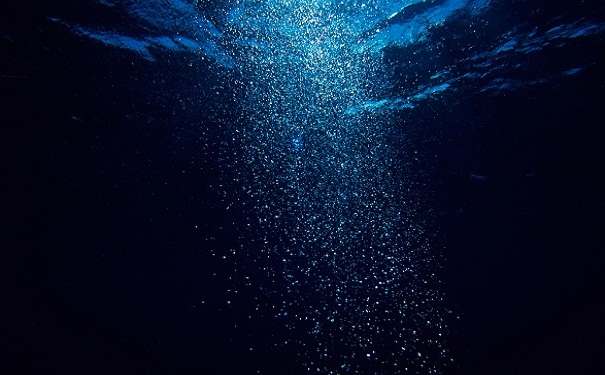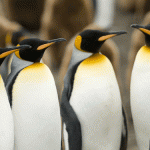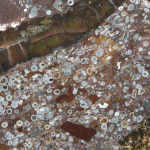
Chlorosomes allow bacteria to absorb photons in low-light. Image: Shutterstock
The photosystems in green bacteria could give scientists a new type of solar cell.
Chlorosomes are giant assemblies of pigment molecules that allow green bacteria to produce energy through photosynthesis. Like other photosystems, they consist of a light harvesting antenna, which absorbs photons and passes energy to the reaction centres.
However, chlorosome pigments don’t have a protein structure; instead they self assemble into a structure that allows them to efficiently absorb photons, even in dim light. This suggested that chlorosomes might provide a alternative route to bioinspired or biohybrid antenna complexes, according to Professor Dewey Holten from the University of Washington and collaborators Professor Jonathan Lindsay from North Carolina State University and Professor David Bocian from the University of California.
The scientists set out to discover whether synthesised protein molecules could be induced to self-assemble. However, the process is still not well understood for chlorosomes, which formed the starting point.
Professor Bocian said they have not yet determined detailed structures of the assemblies. “We have insights into some of the types of bonding interactions in the assemblies based on infrared spectroscopy.
“The latter studies indicate that our assemblies of synthetic chromophores likely have some of the same types of intermolecular interactions that are thought to be present in the native chlorosome.”
To determine which pigment molecules favoured or blocked self-assembly, Professor Lindsey synthesised analogs of molecular frameworks- porphyrin, chlorin and bacteriochlorin. Chlorins are the basis of the chlorosome pigments, which enable green bacteria to absorb light from the red end of the visible spectrum.
The pigments were then shipped to Holten and Bocian, who studied their absorption of light fluorescence and their vibrational properties respectively. A closer look at the absorption spectra revealed that the steric and electronic properties of the molecules predicted the degree to which they would assemble.
By demonstrating that they can make the synthesised pigments self-assemble, the scientists have taken the next step towards using them to design solar devices. “We have recently been successful with the group of Pratim Biwas in self assembling chlorosomal bacteriochlorophyll mimics on surfaces using electrospray deposition, to effectively make solid-state constructs,” said Professor Holten.
“We hope to be able to make multi-layer assemblies and obtain directed energy flow and trapping.”






